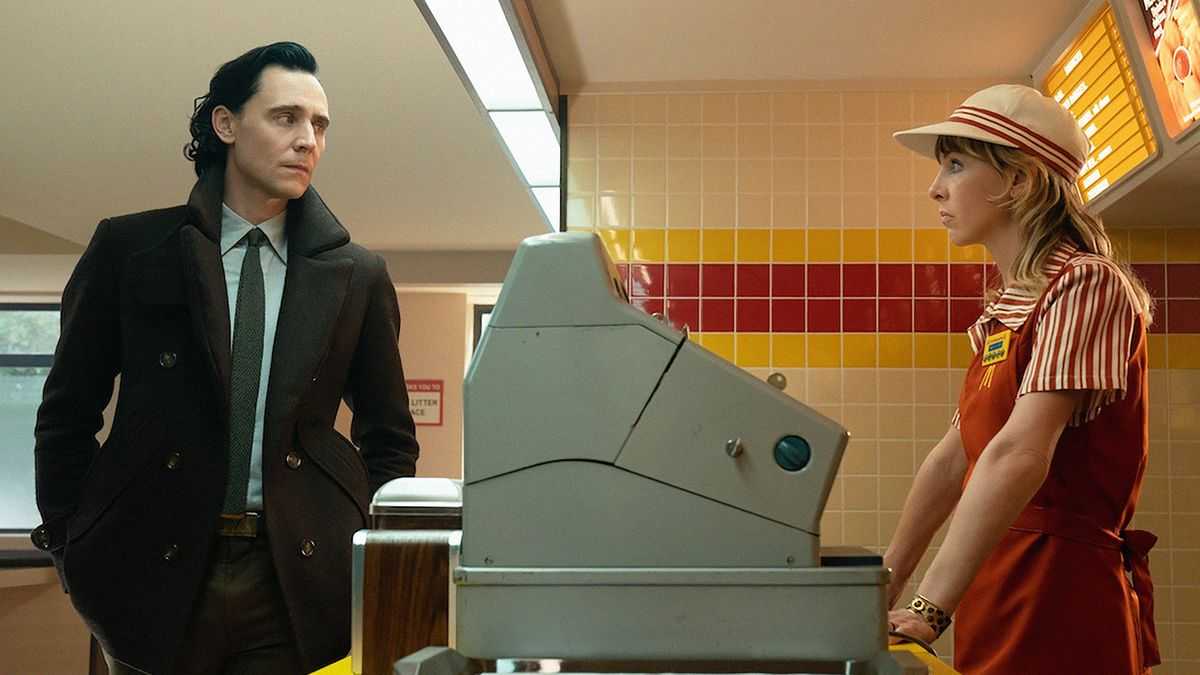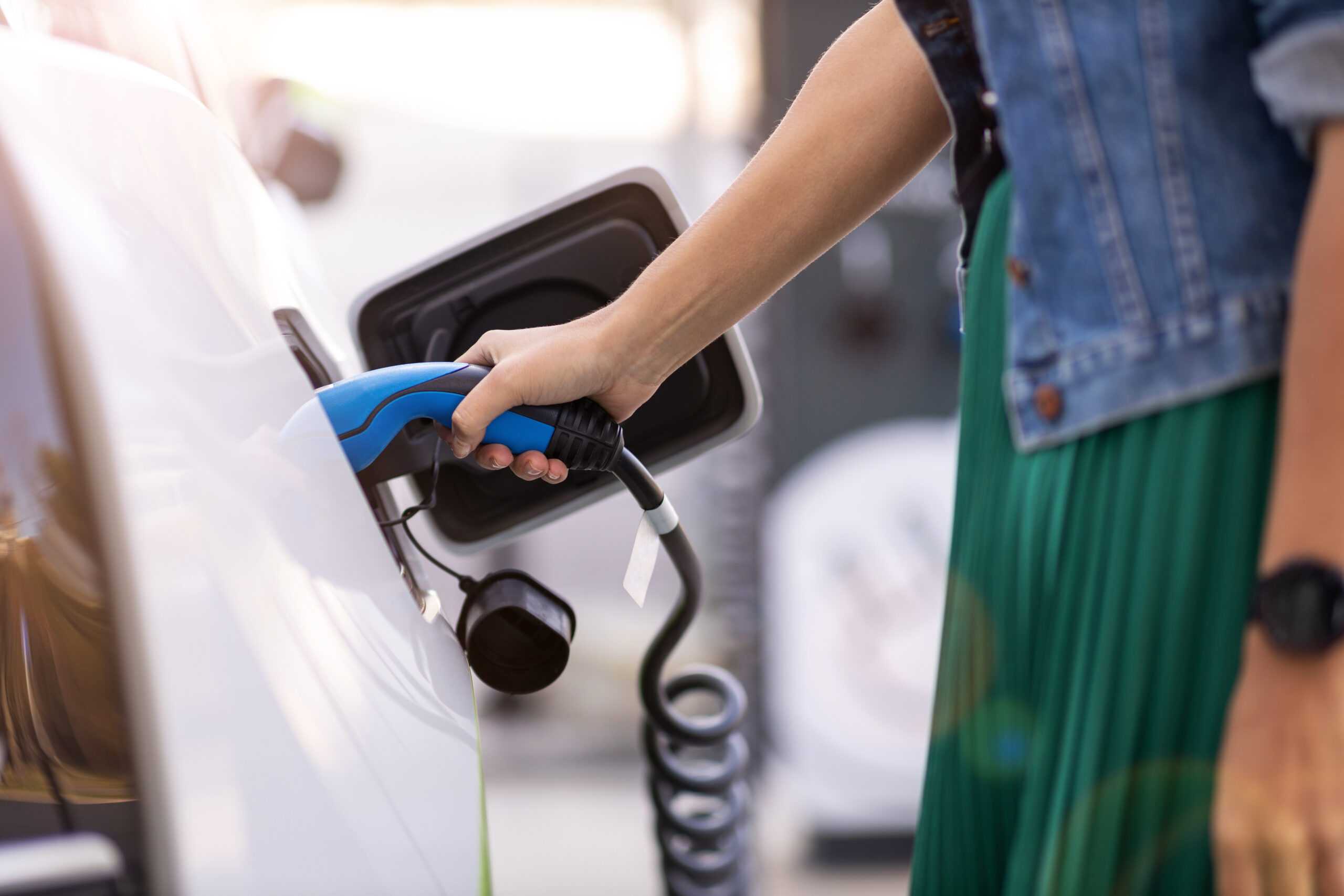With people spending more time at home and needing diversions over the last year, sales of snacks and candies have soared. The chocolate industry especially benefited, as its market ballooned to an estimated $27 billion in the US, with global figures putting the industry around $150 billion.
While chocolate brands lost sales from concession stands, vending machines, and movie theaters, they made up for it with online sales and grocery shopping orders. Hershey’s reported third-quarter sales up 4% to $2.2 billion, while premium brand Godiva noted that its consumer packaged goods global business jumped 22% year-on-year. John Galloway, Godiva’s Chief Marketing Officer, claimed that the brand is the “fastest growing of the major brands” and that many consumers “see Godiva as the foremost option for premium chocolate gifting.”
The next step in the 95-year-old Belgian chocolate company’s growth is to better engage with millennials. The brand says its base is with those 40 and older, but a new campaign that focuses on the “wonder” their portfolio of chocolates brings to everyday life will see placements run across BuzzFeed, Hulu, YouTube, and Amazon to target the 25 and up demographic. The new approach will also stress that Godiva, despite being a premium chocolate, can be purchased across the US at pharmacies, grocery stores, and other mass retailers.
“The pandemic seems to have pushed people in one of two directions: either they focus on health or want to indulge with treats. For a brand like Godiva, not losing sight of what’s worked for the company for decades is important as it seeks to make its product more accessible and reach millennials,” said Janine Cannella, Interpret’s VP of Marketing.
According to Interpret’s New Media Measure®, Godiva still has some work to do to expand its appeal among millennials. While 6% of those aged 25-34 has purchased Godiva chocolate during the past week, the brand trails Dove and Ghirardelli by several percentage points and is far behind the Hershey’s juggernaut.






